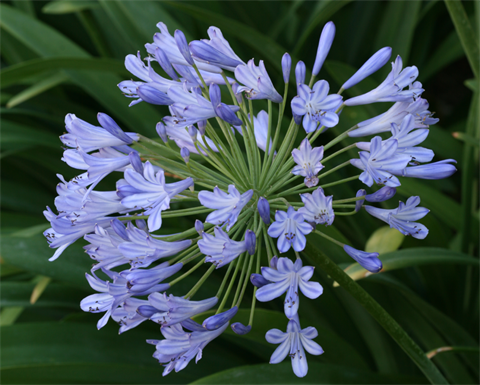Managing Agapanthus to Protect our Environment
Published on 07 March 2024

Agapanthus, a beloved garden plant in the Southern Highlands, can pose significant risks to our native bushland and biodiversity if not managed properly.
These resilient plants have the ability to adapt to various conditions, allowing them to thrive almost anywhere. Unfortunately, they often spread beyond garden borders into natural bushlands, waterways, and neighboring gardens.
Fortunately, there's a straightforward way to help curb the spread of agapanthus. Tristan Simpson, Council’s Bushland and Biosecurity Team Leader, advises removing spent flower heads before they develop into seed heads. The ideal time for this is from December through to March.
Wingecarribee Shire Council suggests disposing of Agapanthus seed heads in the green garden organics bin to prevent further spread. It's crucial to avoid placing seeds in mulch piles or compost, as Agapanthus seeds can persist in the soil for many years under various conditions. Although Agapanthus heads are considered an environmental weed, the current composting process will destroy all plant pathogens and seeds.
Recognising the potential threat posed by Agapanthus, Wingecarribee Shire Council lists it as an environmental weed that can readily spread into bushland and waterways.
For more detailed information on managing Agapanthus, refer to resources such as the DPI Home Gardeners Guide and Weeds Australia Agapanthus Info.
Let's work together to protect our native bushland and biodiversity from the harmful impacts of invasive plants like Agapanthus.